The Mint Chicks
Arriving from the North Shore sprawl into the vacuum that was the early 00s Auckland live scene, the Mint Chicks provided a blast of wired, aggressive energy. Lead by the enigmatic Nielson brothers, the band would evolve into a riveting blend of pop, psychedelia and punk.
It’s tough to recall, at this distance, how barren New Zealand guitar-based music felt at the dawn of the millennium. The second wave (or was it the third?) of Flying Nun bands had mostly fallen apart. Venues like Kurtz Lounge and the Gluepot, which had nurtured live music through the ‘80s and ‘90s were literally demolished.
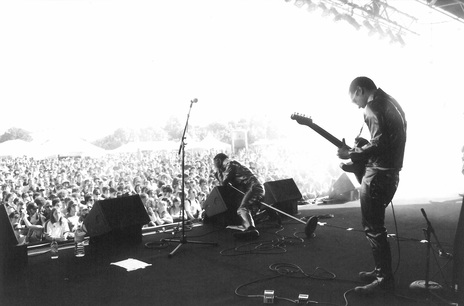
The Mint Chicks at the Big Day Out, 2007
Photo credit:
Photo by Gareth Shute
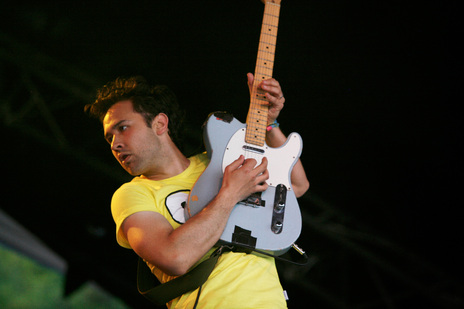
Ruban Nielson at the Big Day Out, 2005
Photo credit:
Photos by Ian Jorgensen (Blink)
Tell Her No (live in the basement)
A short documentary about The Mint Chicks in Portland
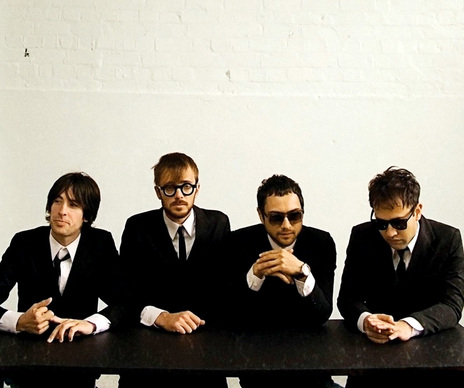
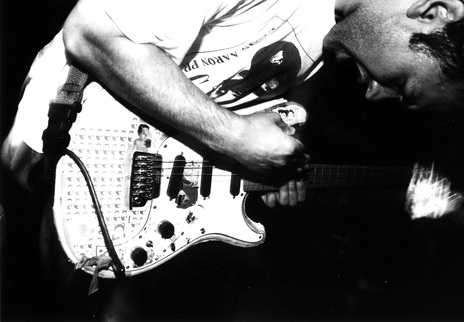
Ruban Nielson
Photo credit:
Photos by Ian Jorgensen (Blink)
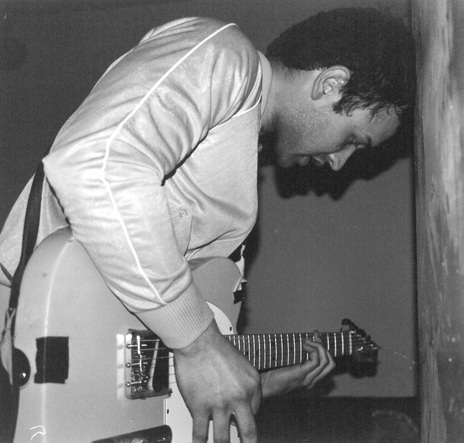
Ruban Nielson
Photo credit:
Photo by Gareth Shute
The Mint Chicks: An Oral History
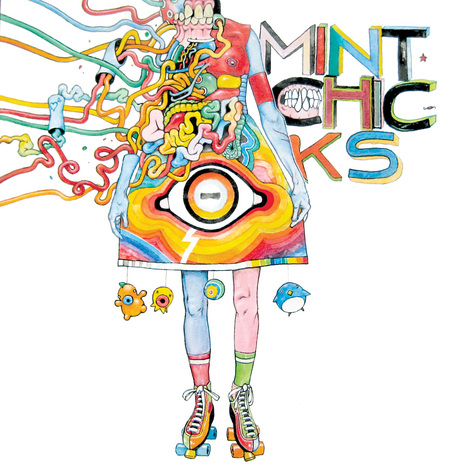
The Mint Chicks monster as appeared on the cover of their last EP, 2010's Bad Buzz
The Mint Chicks - LATE at the Museum, February 2010
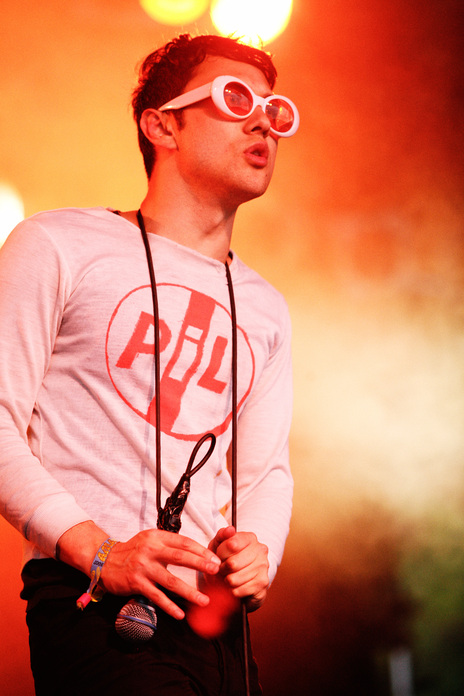
Kody Nielson at the Big Day Out, 2007
Photo credit:
Photos by Ian Jorgensen (Blink)
Hot on Your Heels

Kody Nielson at the 2007 NZ Music Awards
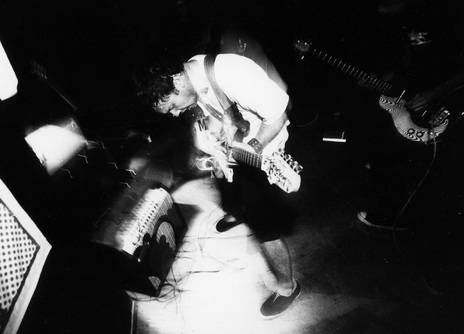
Ruban Nielson
Photo credit:
Photos by Ian Jorgensen (Blink)
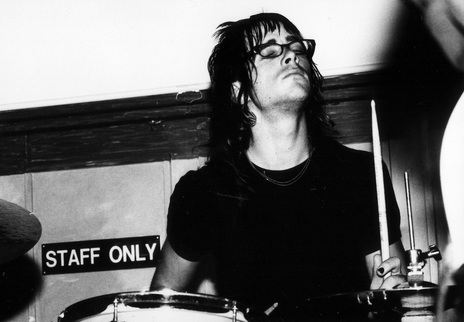
Paul Roper, 2003
Photo credit:
Photos by Ian Jorgensen (Blink)
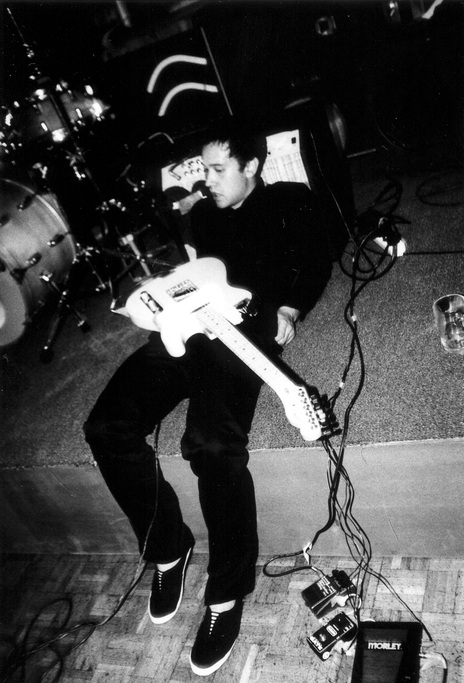
Ruban Nielson, 2003
Photo credit:
Photos by Ian Jorgensen (Blink)

Kody sings She's A Mod at the 2009 Music Awards as a tribute to Ray Columbus & The Invaders who were inducted into the Hall Of Fame
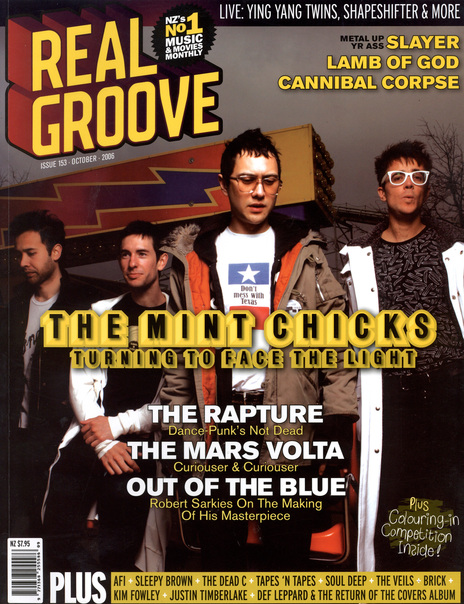
Real Groove magazine, October 2006
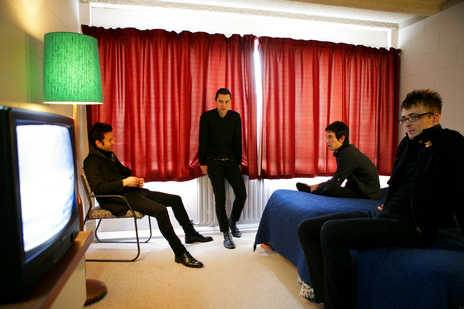
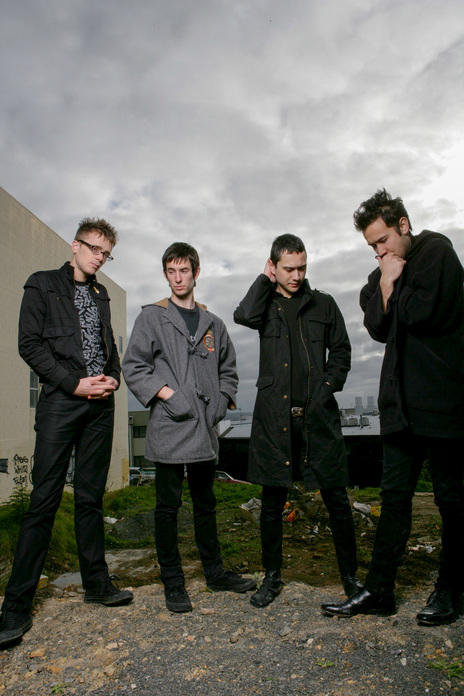
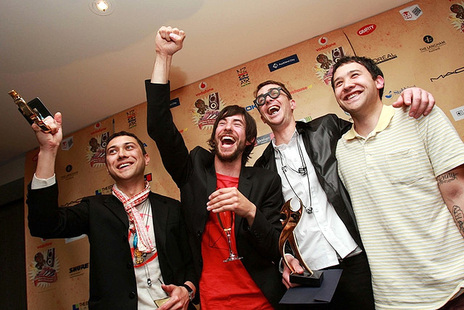
The Mint Chicks take out Best Group at the 2007 New Zealand Music Awards - Kody Nielson, Michael Logie, Paul Roper and Ruban Nielson
Walking off a Cliff Again
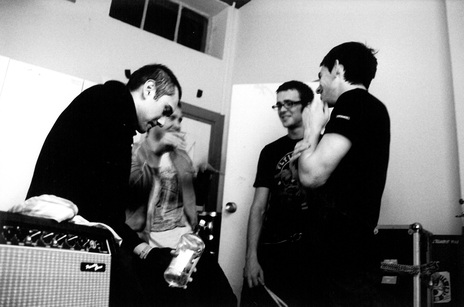
Backstage ...
Photo credit:
Photo by Gareth Shute
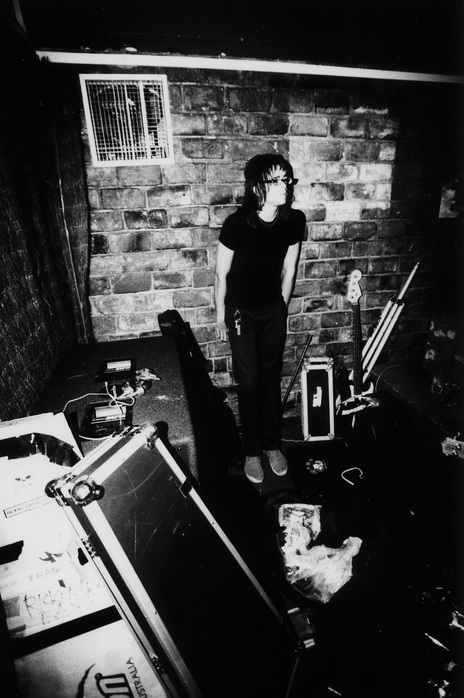
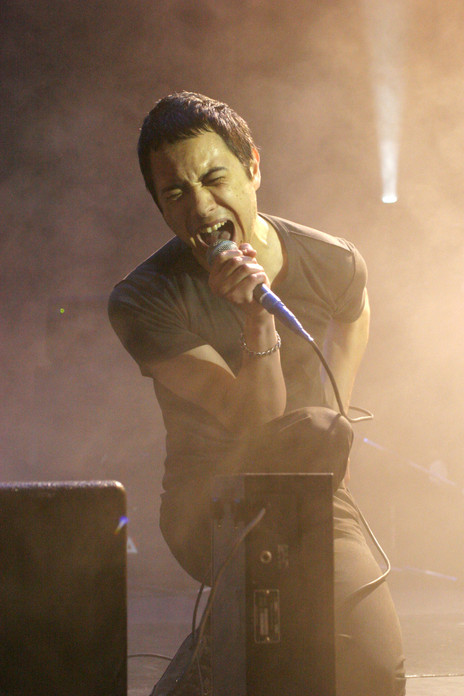
Ruban Nielson at the 2006 B-Net Awards.
Photo credit:
Simon Grigg collection

Kody Nielson at the 2006 B-Net Awards.
Photo credit:
Simon Grigg collection
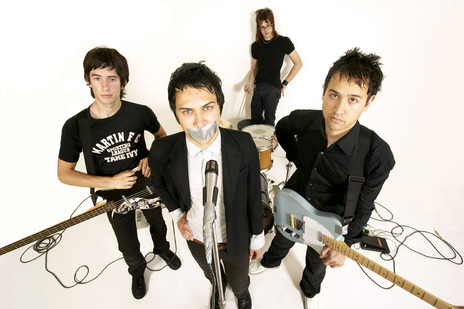

Michael Logie, at the 2007 Big Day Out
Photo credit:
Photos by Ian Jorgensen (Blink)
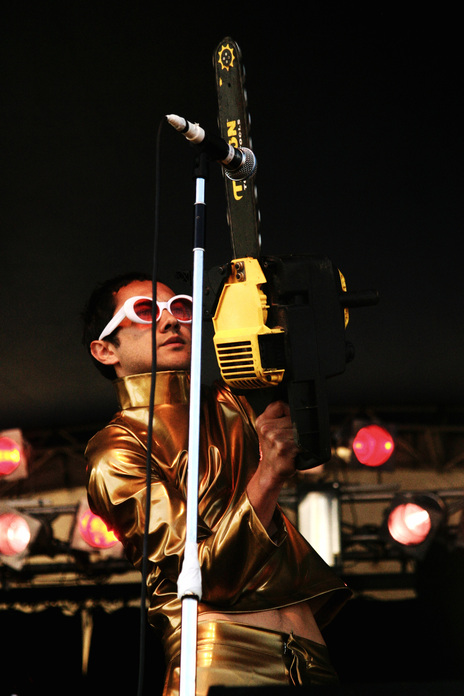
Kody Nielson at the 2005 Big Day Out
Photo credit:
Photos by Ian Jorgensen (Blink)
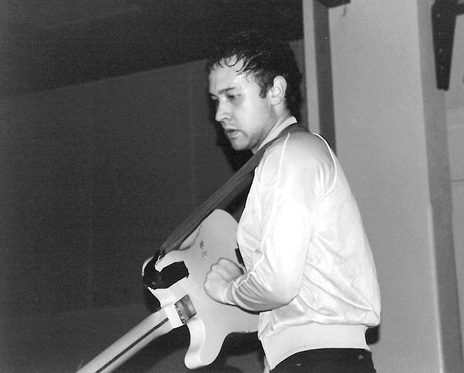
Ruban Nielson at a Grey Lynn all-ages show
Photo credit:
Photo by Gareth Shute
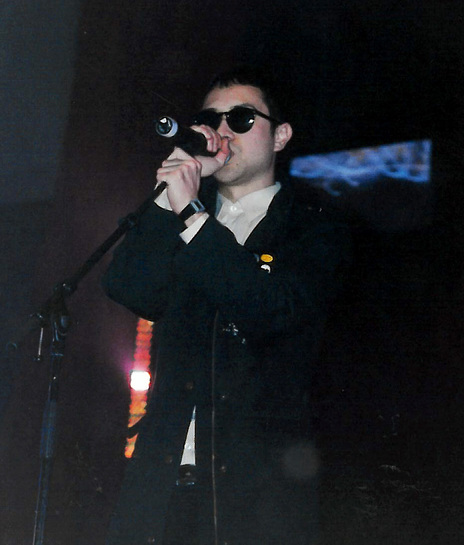
Kody Nielson at the 2006 APRA Silver Scrolls
Photo credit:
Photo by Gareth Shute
"Crazy? Yes! Dumb? No!" at the Music Awards 2007
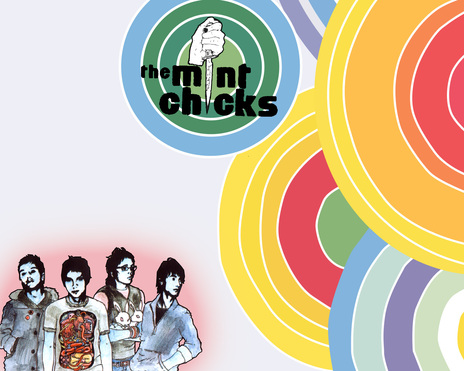
Cheese On Toast interview
If My Arm Was A Mike Stand...

Kody Nielson at the Big Day Out, 2007
Photo credit:
Photos by Ian Jorgensen (Blink)
I Can't Stop Being Foolish (Live at Red Bull Studio)
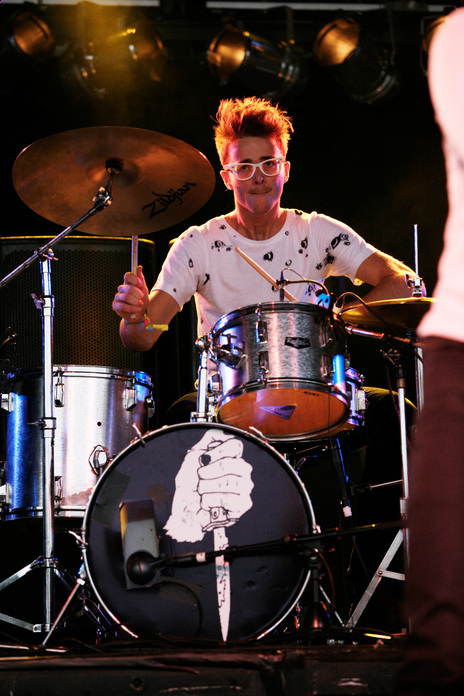
Paul Roper, Big Day Out 2007
Photo credit:
Photos by Ian Jorgensen (Blink)
Sleeping During The Day
I Can't Stop Being Foolish
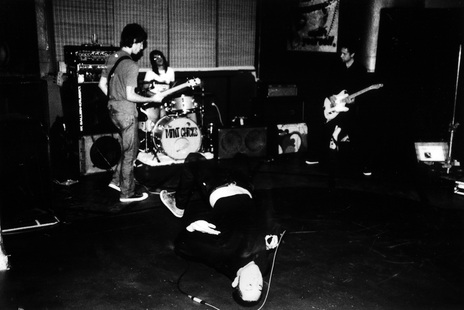
The Mint Chicks in 2003
Photo credit:
Photos by Ian Jorgensen (Blink)
Crazy? Yes! Dumb? No!
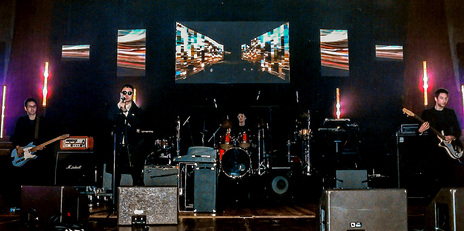
The Mint Chicks performing at the APRA Silver Scrolls, Auckland Town Hall, 2006
Photo credit:
Photo by Gareth Shute
She's A Mod
Let's Make the Water Turn Black (live in the basement)
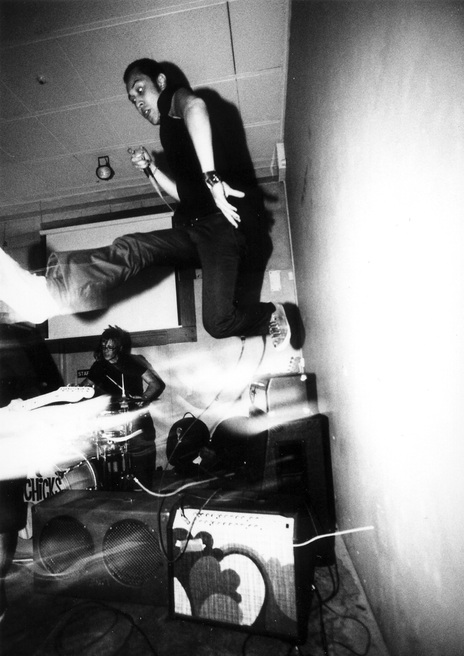
Off the wall in 2003
Photo credit:
Photos by Ian Jorgensen (Blink)
Members:
Kody Nielson - vocals, keyboards
Ruban Nielson - guitar, vocals
Michael Logie - bass
Paul Roper - drums
Labels:










